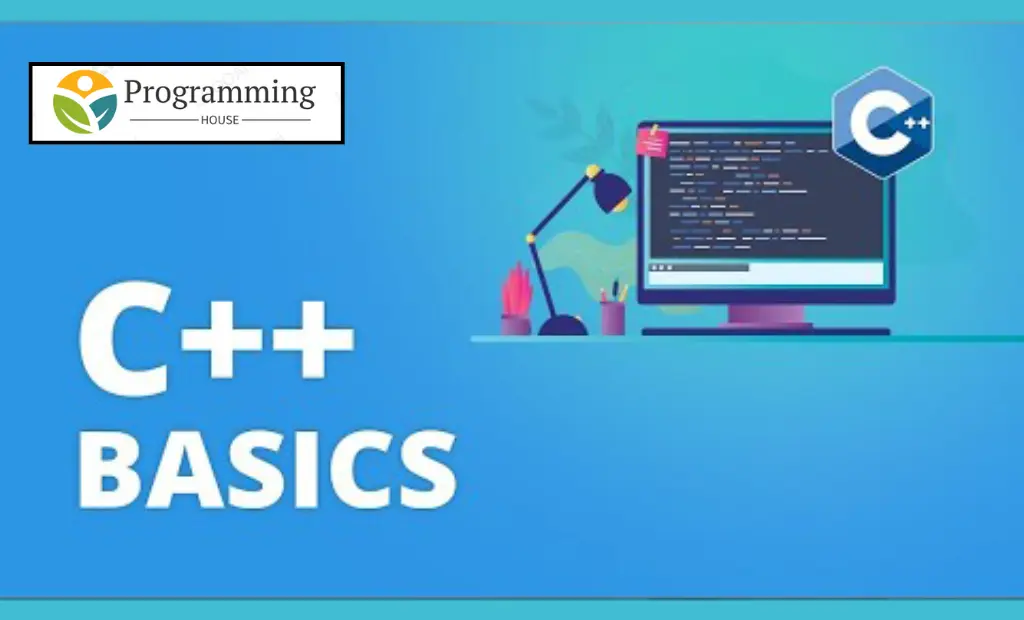
Key Highlights:
- C++ is a modern programming language builds upon the basic concepts of the C programming language.
- It is a structured programming language that allows for efficient and organized code development.
- C++ supports object-oriented programming, which provides the ability to create reusable code through the use of classes and objects.
- The language also includes features like templates for generic programming and exception handling for effective error management.
- With its wide range of applications and extensive libraries, C++ is a versatile language used in various fields, including software development and game programming.
Basic Concepts of C++ Language:
C++ is a used programming language. It’s known for being efficient and flexible. It extends C and supports object-oriented programming. This lets developers organize code. They can put it into reusable classes. It enhances project management. C++ has templates for generic programming. They offer flexibility with different data types. In C++, exception handling manages errors. It makes code more reliable. Developers use the language in software. They also use it in game and system programming. They also use it in embedded systems. This is because it has an active developer community.
Core Concepts of C++ Language:
C++ builds on the core ideas of the C language. It gets ideas from C. These include variables, data types, and operators. They also include control. But, C++ adds many new features and concepts. They make it a more powerful and versatile language.
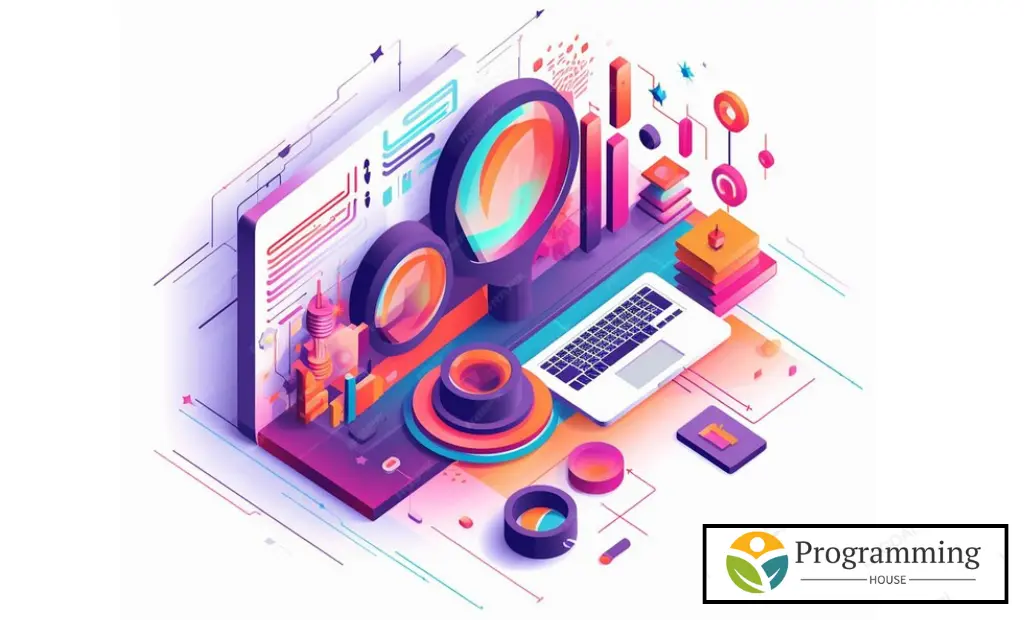
1. Understanding Variables and Data Types in C++
Variables in programming store data. In C++, you declare variables with data types and names. For example, int is for whole numbers and char is for characters. C++ has int, float, double, char, and bool as built-in data types.
Each type has unique traits and memory needs. For instance, int holds whole numbers. Float and double store decimal numbers. Char stores single characters. Bool keeps true/false values.
Besides built-in types, C++ lets users create custom data types. They do this with structures. They also use classes for object-oriented programming.
In C++, variables hold values for calculations and users can change them. Pick clear names. They will improve code readability and maintenance.
2. Exploring Operators and Their Uses
Operators in C++ are tools for different tasks on data. C++ has many types like math, comparison, logic, and more.
Math operators add numbers. They also subtract, multiply, and divide them. They can also find remainders. Comparison operators compare values. They include equal, not equal, greater, greater than or equal to, less, and less than or equal to.
Logic operators combine conditions. They do this to check if a statement is true or false. Assignment symbols like =, +=, -= assign values and do operations at once.
These tools help with math. They compare values. They help make logical choices. They also help with program control flow in C++.
3. Control Structures for Decision Making
Control methods in C++ help manage how code runs based on conditions. They aid decision-making and actions.
Common control methods in C++ include “if,” “for,” “while,” and “switch.” They help make choices. They also repeat code. They do this until they meet certain conditions.
“Break” and “continue” alter loop and switch flow, while “goto” jumps to a label in the code.
These methods create adaptable programs. They do this by running code blocks. They run them under certain conditions. This improves efficiency and control.
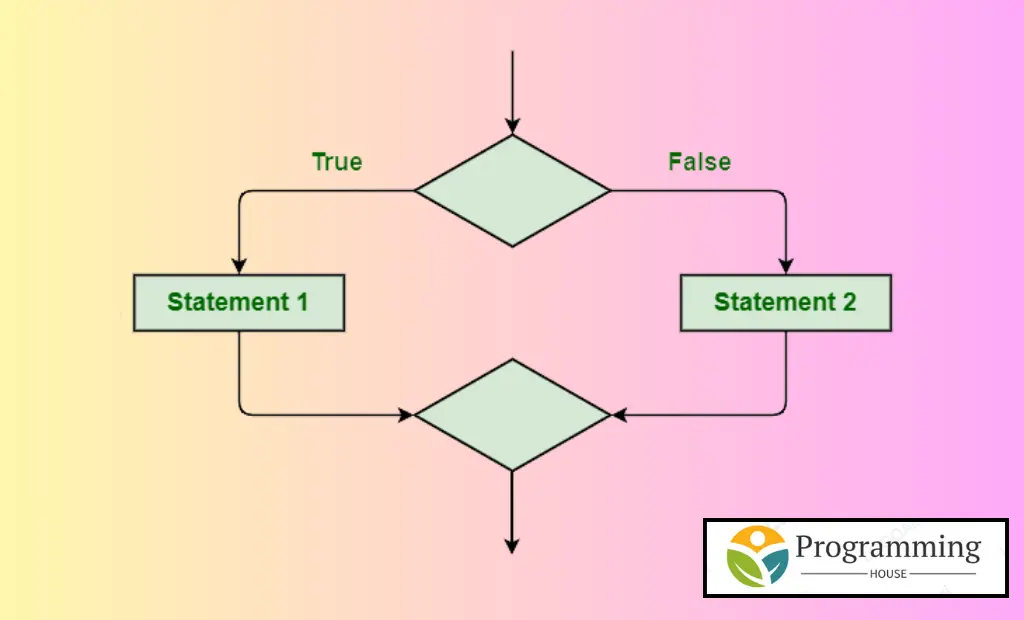
4. Functions: Definition and Invocation
Functions in C++ are reusable. They are blocks of code that perform tasks. They help in organizing code. They make code more reusable. They also improve the program’s structure. Programmers define functions.
In C++, the main function serves as the entry point for the program. It is mandatory for every C++ program and is where the program execution begins. The main function can call other functions. It can also do many things.
Functions in C++ can have parameters and return values. Parameters allow data into a function. Return values let functions give output. You can also define functions to not take any parameters or return any values.
C++ lets you define functions before or after the main function. But, it is good to define them before the main function. This will keep the code organized.
5. Deep Dive into Object-Oriented Programming
OOP is a programming paradigm. It focuses on using objects and classes to structure code. C++ supports OOP. It has features. These include classes, objects, inheritance, and polymorphism.
- Classes: A class is a blueprint for creating objects. It defines the properties and behaviors. Objects of that class can have them.
- Objects: A object is an instance of a class. It represents a specific entity or element. The class definition forms the basis.
- Inheritance is when classes inherit properties. They also inherit behaviors from other classes. It promotes code reuse. It helps create hierarchies between classes.
- Encapsulation hides the class’s internal details. It also hides how it works. It allows for data hiding and provides a level of abstraction.
- Polymorphism allows objects to have different behaviors. The behaviors depend on the context or situation. Users can write code in a generic and flexible manner.
OOP provides a modular approach to programming. It is also structured. It allows for code reuse. It leads to better organization. It makes maintenance easier.
6. Exception Handling in C++
Handling exceptions is critical. This is true in languages like C++. It lets developers handle errors. They can handle unusual situations that may arise when a program runs. In C++, you manage exceptions with try-catch blocks. Code that might cause an exception is in the try block. The catch block captures the exception. It also handles it. The try block triggers an exception. The program moves to the relevant catch block based on the exception type. The catch block has the code to handle the exception. It shows an error message or takes corrective measures. Exception handling is key. It ensures a program’s resilience and reliability. It helps the program recover from errors. It stops failures. It also supports debugging. It does this by giving detailed insights into the root cause of an exception.
7. File Input/ Output Operations
I/O operations are essential in C++ for reading and writing data to files. C++ provides a set of functions and classes for file I/O operations.
To perform file I/O operations in C++, you need to include the <fstream> header file. This header file provides classes. It has ifstream for reading and ofstream for writing to files.
C++ supports both text and binary file I/O operations. I/O operations involve reading and writing text to and from the file. Binary file I/O involves reading and writing raw data bytes. They go to and from the file.
The following table illustrates the basic file I/O operations in C++:
I/O operations are essential in C++ for reading and writing data to files. C++ provides a set of functions and classes for file I/O operations.
To perform file I/O operations in C++, you need to include the <fstream> header file. This header file provides classes. It has ifstream for reading and ofstream for writing to files.
C++ supports both text and binary file I/O operations. I/O operations involve reading and writing text to and from the file. Binary file I/O involves reading and writing raw data bytes. They go to and from the file.
The following table illustrates the basic file I/O operations in C++:
| Operation | Description |
| Opening a file | Opening a file for reading or writing |
| Closing a file | Closing an opened file |
| Reading from file | Reading data from a file to variables or arrays |
| Writing to file | Writing data from variables or arrays to a file |
| Error handling | Handling errors that occur during file I/O |
Object-Oriented Programming in C++
Object-oriented programming (OOP) is a key feature of C++. It allows for modular and reusable code. It does this by using classes and objects. OOP improves code organization. It also promotes code reusability. This makes it easier to build complex apps.
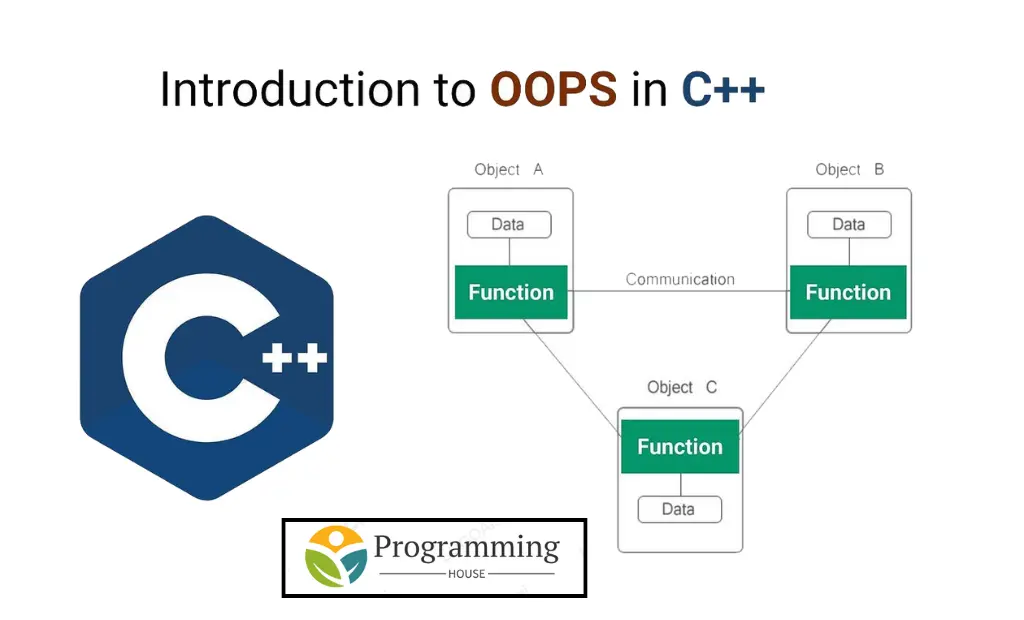
Classes and Objects: The Basics
In C++, programmers use classes to define objects. A class is a blueprint. It defines the properties of objects. It also defines their behaviors. It puts data and functions in one thing.
An object is an instance of a class. It represents a specific thing. The definition of the class serves as its basis. Objects have their own data and can perform actions defined by the class.
Classes have data members (variables). They also have member functions (methods). Data members hold the state or traits of an object.
Classes and objects allow for code reuse. They also make it easier to maintain and change code. They give a structured and organized way to program. They help put in place real-world scenarios in code.
Inheritance: Extending Classes
Inheritance is a feature of object-oriented programming. It create new classes based on existing ones. It allows for the reuse of code and promotes code modularity.
In C++, inheritance uses “base” and “derived” classes. A derived class inherits the properties of the base class. It also inherits the behaviors. This allows for extending the inherited features. It also allows for changing them.
Inheritance provides a hierarchy of classes. This relationship promotes code reuse. The base class can define common features. Many derived classes then inherit them.
Inheritance allows for making specialized classes. They inherit and extend the features of larger classes. It improves code organization. It also helps modularity and reusability. This makes it key in object-oriented programming.
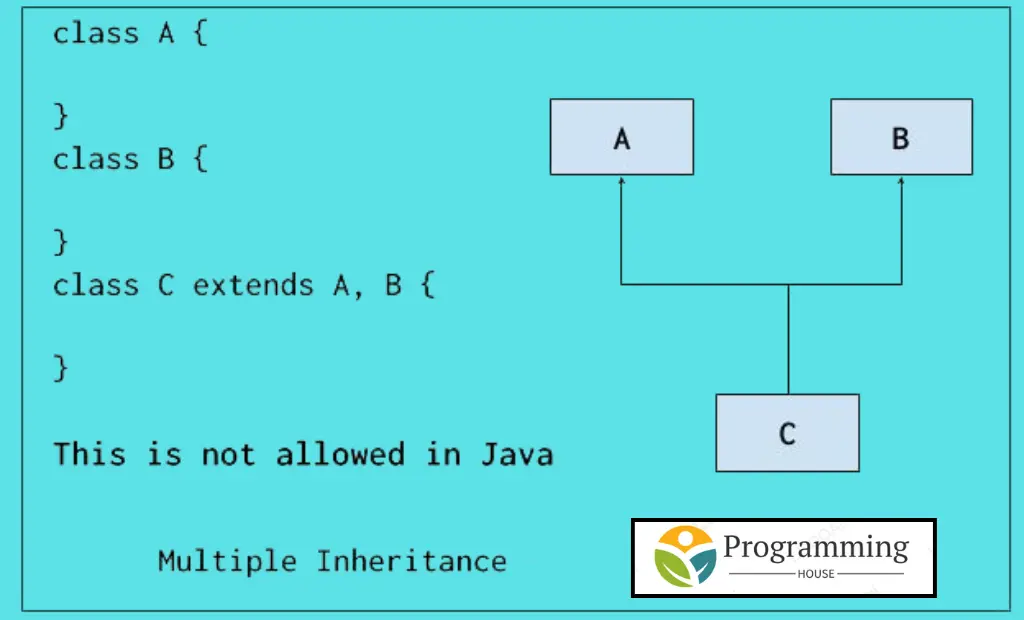
Polymorphism: Concepts and Implementation
Polymorphism is key in object-oriented programming. You can treat objects of different classes as objects of a common base class. It provides flexibility. It allows for code extension in C++.
You can achieve polymorphism through function overloading. You can also do this by overriding functions. Function overloading allows many functions. They all have the same name and are in a class. But, they must have different parameters. Function overriding is when a derived class redefines a function from a base class.
Polymorphism allows the use of a single interface. It represents different types of objects. It promotes code reuse and flexibility. You can treat objects the same. This is true regardless of their types.
Polymorphism is powerful. It makes code more modular. It also makes it extensible and flexible. This happens in C++. It also happens in other object-oriented languages.
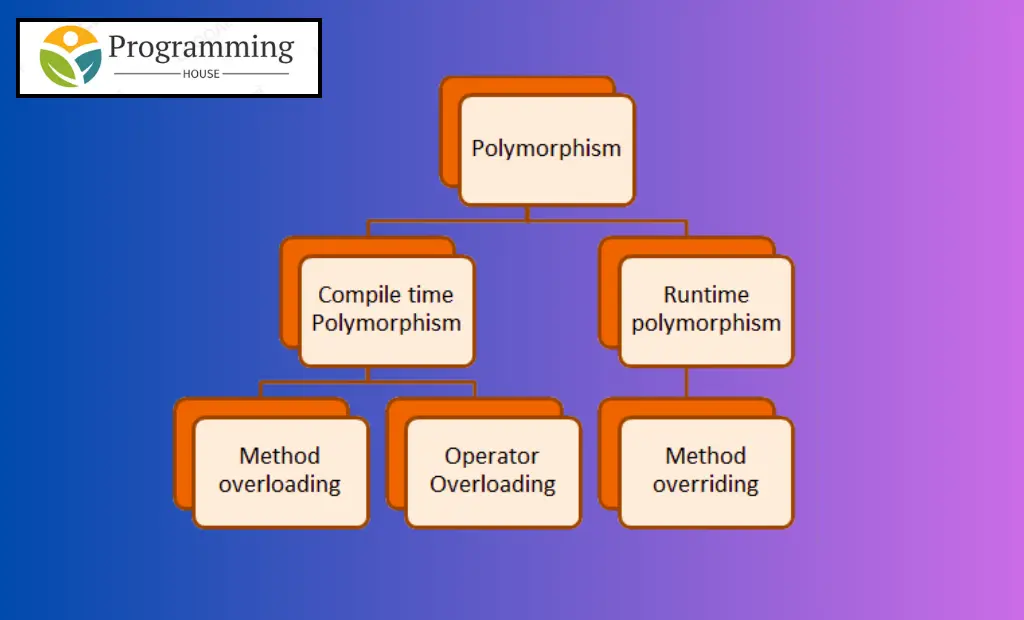
Encapsulation and Abstraction Explained
Encapsulation and abstraction are key. They matter in object-oriented programming. They help create modular and maintainable code.
Encapsulation involves putting data into a class. It also involves putting functions into a class. It allows hiding implementation details. It also provides data protection and security.
Abstraction involves simplifying complex systems. Breaking them into smaller parts does this. The parts are more manageable. It focuses on the key traits and actions of objects. It hides unimportant details.
Encapsulation and abstraction help organize code. They also make it reusable and maintainable. They make code easier to read and understand. This helps with making and keeping complex apps.
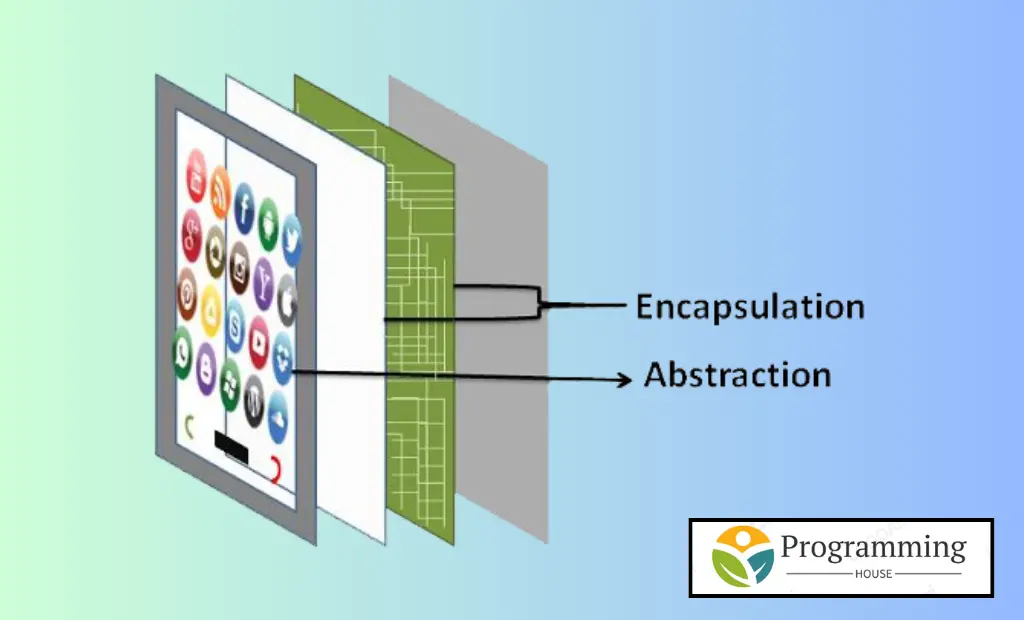
Advanced Features of C++
C++ has many advanced features. They improve its function. They make it a versatile language. These features include templates. They also include namespaces, pointers, and references. They also include dynamic memory management.
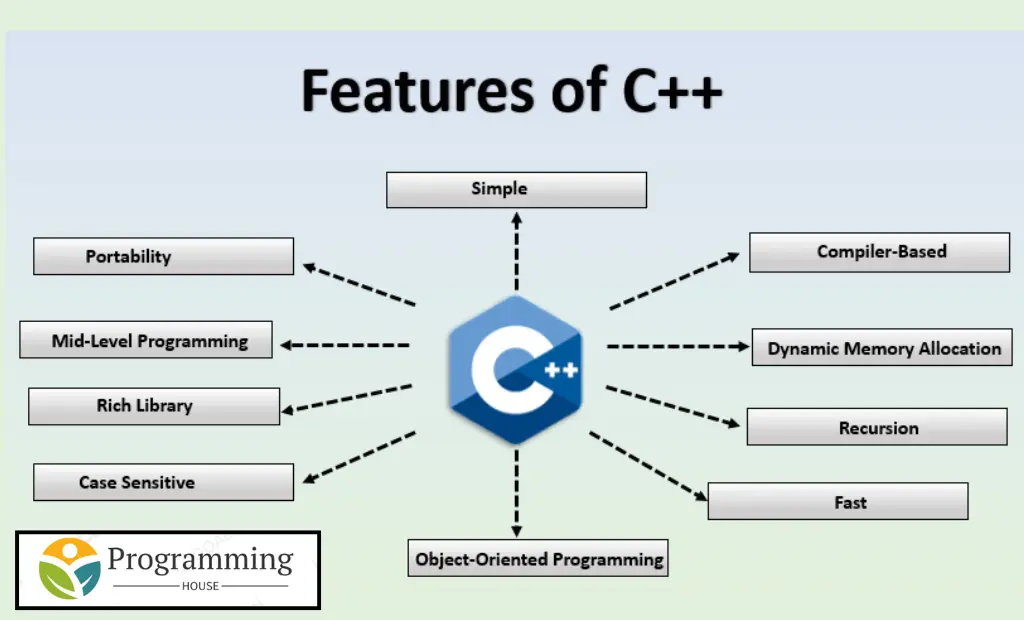
1. Templates for Generic Programming
Templates in C++ enable the creation of generic code. It works with different data types. They allow for code reuse. They offer a quick way to use algorithms. They also offer data structures. And, they are flexible.
Templates provide a blueprint for generating code. Different data types form the basis of the code. They allow for making functions and classes. These can work with any data type. They drop the need for duplicated code.
Developers can use templates. They allow for writing generic code. Many data types can use it. It does not lose performance or efficiency. Users use templates. Libraries and frameworks use them. They enable creating reusable and adaptable code.
2. Namespaces for Organizing Code
Namespaces in C++ provide a way to organize code. They also prevent naming conflicts. They let developers group related classes. They can also group functions and variables. They put them in a named scope.
Using namespaces. Developers can name their code elements . This makes it easier to tell apart similar names used in different parts of a program.
Namespaces help improve code readability. They reduce naming conflicts. They make code easier to maintain. They offer a structured way to manage code. This is especially helpful for big projects. They have many developers.
3. Pointers and References Explained
Pointers and references are key features of C++. They allow direct access to memory locations. They also allow manipulation of them.
Pointers are variables that store memory addresses. They let you access and change data in memory. Pointers can divide memory. They can make complex data structures. They can manipulate arrays and strings.
References provide another way to get variables. They also provide a way to change them. They are like pointers but have some differences. We treat references as aliases. They stand for existing variables. They have a simpler syntax. It lets you access and change values.
Pointers and references are powerful. They allow for low-level memory management and efficient data use in C++.
4. Dynamic Memory Management
C++ has dynamic memory management. It allows allocating memory. It also allows deallocating it during execution. It provides flexibility. It gives control over memory.
Effective C++ Programming Practices:
Good C++ practices help. They make code fast, reliable, and maintainable. These practices include writing efficient code. They also handle errors and exceptions well. And they include using modern features of the C++ language.
Writing Efficient C++ Code:
To write fast C++ code, optimize its speed. It also involves reducing memory use and resource use. It includes practices. They include minimizing function calls. This means using good data structures. It also means using good algorithms. It also means avoiding unneeded operations.
Efficient code is essential. It speeds up programs. It cuts memory use. It boosts software quality. It helps create faster and more responsive apps.
Debugging and Error Handling Best Practices:
Debugging and handling errors are vital. They are key to software development. Best practices include using debugging tools. They involve writing clear error messages well. They also involve handling exceptions well.
Good debugging techniques and error handling help. They help find issues. They also help fix code. They improve software reliability and user experience.
Leveraging Modern C++ Features:
Modern C++ has features. These include lambdas. They also include smart pointers. They also have range-based for loops. They provide powerful tools. The tools help you write clean, short, and clear code. Using these features can improve code. It makes it easier to read. It also makes it easier to maintain and more efficient.
Modern C++ has features. They allow for modern and idiomatic programming. They let developers write code that is clearer and shorter. This leads to more productivity and better code.
Conclusion:
In conclusion, mastering the basic C++ concepts is key. It’s key to becoming a skilled programmer. Understanding variables is key. You must also understand data types. You need to understand operators. You also need to understand control structures. So is understanding functions and object-oriented programming. They lay a solid foundation. Studying advanced features like templates and namespaces improves your coding. Study pointers and dynamic memory management too. Embracing good programming practices sets you apart. So do good debugging strategies and modern C++. It shows you are a skilled developer. You need continuous learning and practice. They are key for honing your C++ skills. They also keep you up to date with industry trends. Are you a beginner or looking to advance? The FAQs and resource recommendations will improve your C++ journey.
Frequently Asked Questions
What is the best way to learn C++ for beginners?
The best way to learn C++ for beginners is to start with the basics and build upon them. Understanding the basic concepts is key. So is practicing coding exercises. Referring to good learning resources helps a lot. They are reliable.
How is C++ different from other programming languages?
C++ is unlike other languages. It is different in many ways. It comes from the C programming language. It has extra features. This includes object-based coding. It also includes templates and exception handling. C++ also supports many data types. Its structured programming is well-known.
What are the key benefits of using C++ in software development?
C++ has several benefits for software development. You can program it at a low level. So, it runs and performs well. C++ also supports object-oriented programming. It allows for code reuse and easier maintenance.
Can I use C++ for web development?
Yes, developers can use C++ for web development. C++ is not as used as other languages like JavaScript or Python. But, developers can use it to create fast web apps. This is especially true for server-side programming. It’s also true for critical parts.
What resources are recommended for advanced C++ topics?
C++ is powerful. It extends C. It adds features like object-oriented programming and templates. Understanding its main ideas helps developers. It lets them write fast code. They use classes, objects, inheritance, and polymorphism. C++ has advanced features. These include templates and dynamic memory management. They give flexibility in programming.
These resources are valuable. They are for those interested in advanced C++ topics. They include online tutorials, books, and forums. Sites like GeeksforGeeks and Stack Overflow have much knowledge.
Learning C++ helps new and experienced programmers. It gives a strong programming foundation. It also eases transitions to other languages. It has extensive libraries. And, an active community. This makes it popular. It’s a top choice for software development.
Master the basics of C++. Explore its advanced features. Doing this will improve your programming skills. It will also unlock new opportunities in software.




1 thought on “Basic Concepts of C++ Language”